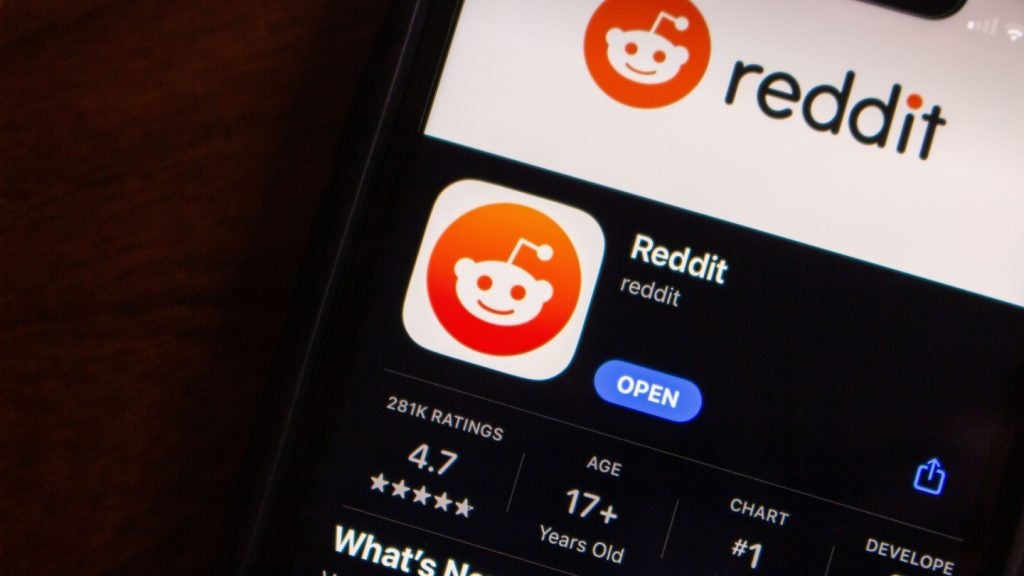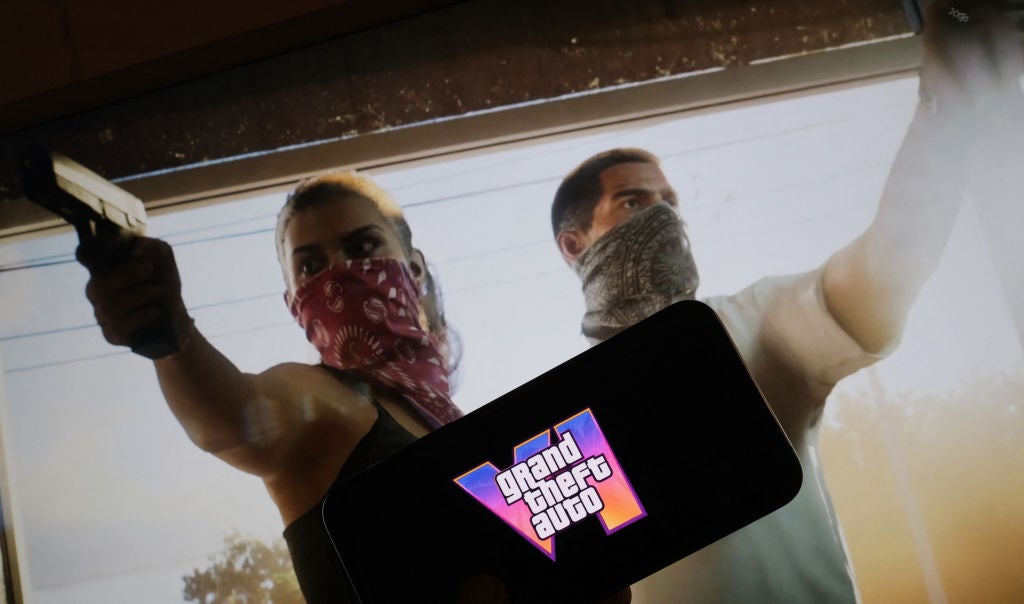KT has been granted a patent for a content providing server that offers virtual reality (VR) content. The server includes units for processing dynamic and static object images, and a streaming unit to separately stream these images to user devices. The static object image processing unit can derive a depthmap based on user location, and the streaming unit only streams the static object image when it is updated due to a predetermined event. GlobalData’s report on KT gives a 360-degree view of the company including its patenting strategy. Buy the report here.
According to GlobalData’s company profile on KT, Adaptive video coding was a key innovation area identified from patents. KT's grant share as of September 2023 was 30%. Grant share is based on the ratio of number of grants to total number of patents.
Patent granted for streaming separate images of dynamic and static objects in virtual reality content
A recently granted patent (Publication Number: US11778007B2) describes a content providing server and user device for three-dimensional (3D) virtual reality content. The content providing server includes a requesting unit to receive a request for 3D virtual reality content from a user device. It also includes a dynamic object image processing unit to render a 3D image of a dynamic object and a static object image processing unit to render a 3D image of a static object. The static object image processing unit derives a depthmap from an image based on the user's location in the 3D virtual reality content. The server also has a streaming unit that separately streams the 3D rendered image of the dynamic object and the 3D rendered image of the static object to the user device. The streaming unit only streams the 3D rendered image of the static object when a predetermined event causes the static object in the 3D virtual reality content to be updated.
The user device, on the other hand, includes a requesting unit to request 3D virtual reality content from the content providing server. It has a dynamic object image receiving unit to receive a 3D image of a dynamic object and a static object image receiving unit to receive a 3D image of a static object. Similar to the server, the static object image receiving unit also receives a depthmap from an image based on the user's location in the 3D virtual reality content. The user device has an output unit to output the 3D image of the static object and the 3D image of the dynamic object using at least one mesh. The dynamic object image receiving unit and the static object image receiving unit receive streams of the 3D images from the content providing server. The static object image receiving unit only receives a stream of the 3D image of the static object when a predetermined event for the static object occurs in the 3D virtual reality content. The output unit outputs the 3D image of the dynamic object on a first mesh and the 3D image of the static object on a second mesh to which the depthmap has been applied.
Overall, this patent describes a system and method for providing 3D virtual reality content, where dynamic and static objects are rendered separately and streamed to the user device. The inclusion of depthmaps based on the user's location enhances the realism of the static object. This technology has potential applications in various industries, including gaming, entertainment, and virtual reality experiences.
To know more about GlobalData’s detailed insights on KT, buy the report here.
Premium Insights
From

The gold standard of business intelligence.
Blending expert knowledge with cutting-edge technology, GlobalData’s unrivalled proprietary data will enable you to decode what’s happening in your market. You can make better informed decisions and gain a future-proof advantage over your competitors.





